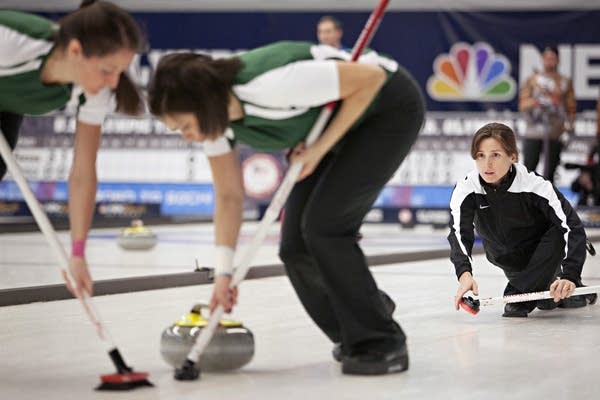Olympic curling: The essential guide

Skip Allison Pottinger of Eden Prairie, Minn., watches team members Tabitha Peterson, left, of Eagan, Minn., and Natalie Nicholson, right, of Bemidji, Minn., sweep the rock during U.S. Olympic Team Trials at Scheels Arena in Fargo, N.D., on Wednesday, Nov. 13, 2013.
Ann Arbor Miller/ For MPR News
Go Deeper.
Create an account or log in to save stories.
Like this?
Thanks for liking this story! We have added it to a list of your favorite stories.


